Gaultheria Cherries Berries™
$19.00
Genus:Gaultheria
Species:procumbens
Variety:’Gaulsidh5′
ppaf:PPAF
Item Form:1-Quart
Zone:3 – 8
Bloom Start to End:Mid Summer – Late Summer
Habit:Spreading
Height:10 in
Width:3 ft
Additional Characteristics:Berries,Bird Lovers,Easy Care Plants,Evergreen,Fall Color,Fragrance
Bloom Color:White
Foliage Color:Dark Green,Purple
Light Requirements:Part Shade
Moisture Requirements:Moist, well-drained
Resistance:Cold Hardy,Disease Resistant,Pest Resistant
Soil Tolerance:Normal, loamy
Uses:Beds,Border,Containers,Fall Color,Foliage Interest,Ground Cover
Gaultheria Cherries Berries is a broadleaf evergreen ground cover offering year-round interest, blooming in mid-spring. Small, waxy, urn-shaped, pinkish-white flowers are followed by super-showy and exceptionally large berries—the size of cherries. The brilliant berries are highly uniform and appear from fall through spring, an important winter food source for birds. The plant has glossy leaves that turn purple merlot in winter and have a wintergreen fragrance when crushed.
A Gaultheria procumbens, commonly called wintergreen, American wintergreen, boxberry, spiceberry, or teaberry, Cherry Berries has a slow growth rate and a low, spreading habit. The plant spreads by rhizomes and eventually forms a dense colony. Shown to best effect when grouped or massed, Cherry Berries is best grown as ground cover and is exceptionally attractive when allowed to gracefully cascade over hardscapes. It’s also a great container and garden plant, nice in beds and borders.
Cold hardy and easy to grow, wintergreen grows best in a shade-dappled location with humidic, well-draining soil, having an acidic pH, preferably lower than 6.5. Wintergreen grows well in areas with mild summer temperatures and average to high humidity; they may suffer in hot, dry climates. The plant is pest and disease resistant.
| Weight | 1 kg |
|---|---|
| Dimensions | 1 × 1 × 1 cm |
Shipping Time
Shipping is an additional 15-35 business days depending on location. Shipping time will be provided at checkout.
Returns
If seeds fail to leave China, we will refund your payment 100%. But if seeds fail to reach you due to customs problem on your side which we were not informed in advance, we will not be able to bear any loss, and no refund will be made.
We sell only viable plants seeds online, and test germination of our seeds from time to time. So we will not be able to refund for seeds that clients fail to germinate, unless we are convinced that it's truly problem of our seeds.
———
Please send us an email: [email protected] and be as detailed as possible while filling in the information.
After submission, We will reply to you within 24 hours. Please be patient.
———
CHARGEBACKS & DISPUTES
Please contact us by email before opening a merchant chargeback or payment dispute, as we can generally resolve the issue before that takes place. Any chargebacks and disputes disable our ability to issue refunds or credits due to funds being frozen.
———
REFUND, EXCHANGE AND RETURN
Customers have the right to request a refund/ return/ exchange within 14 days from the delivery date. Our Customer Service team will offer the best solutions for specific situations.

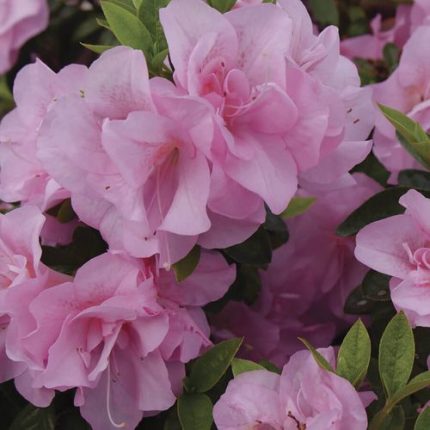
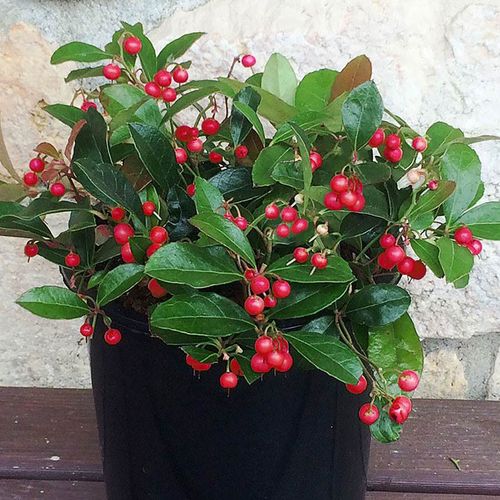
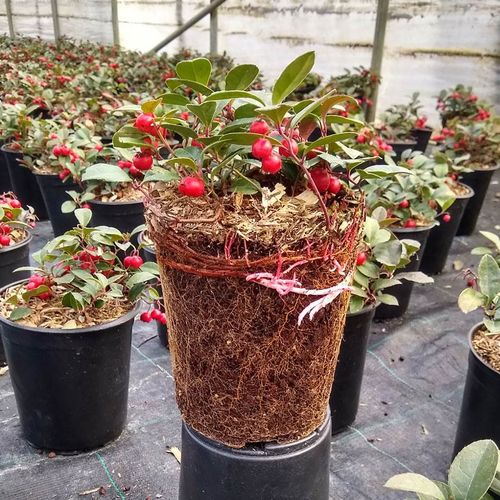
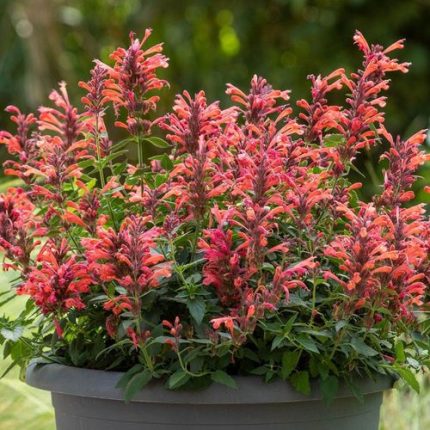

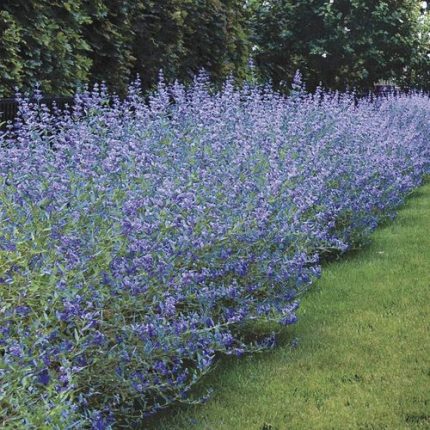
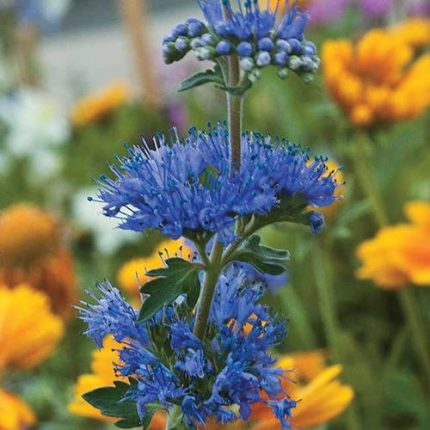
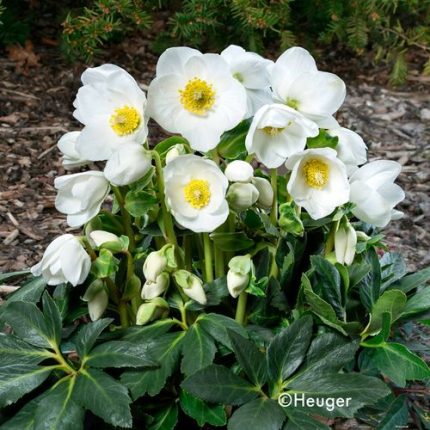
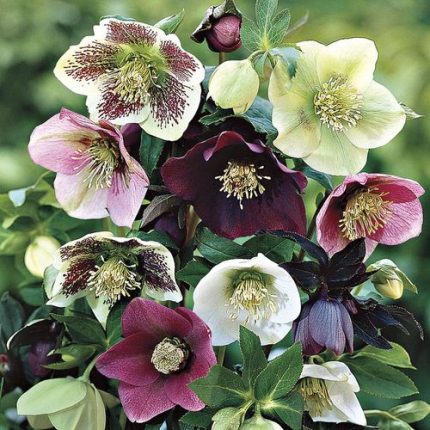
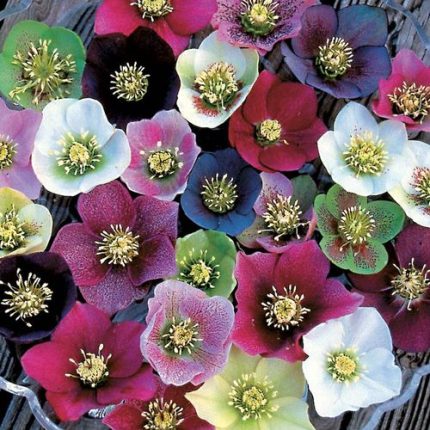
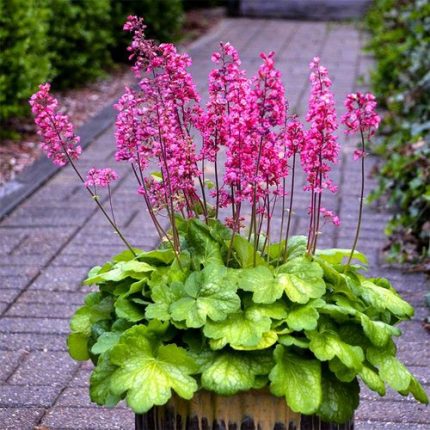


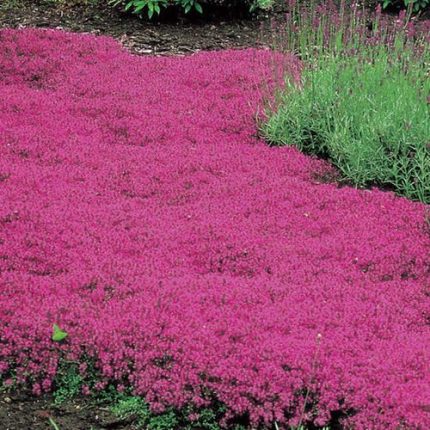
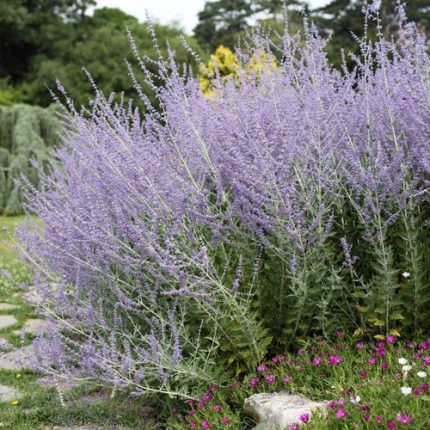
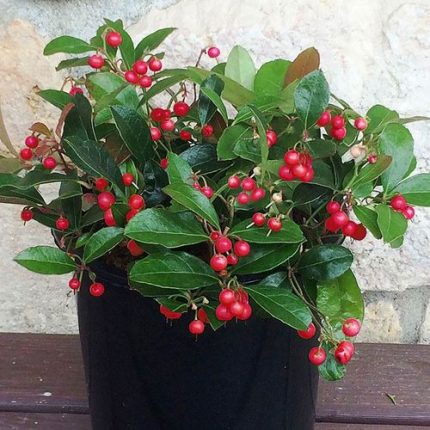
Reviews
There are no reviews yet.